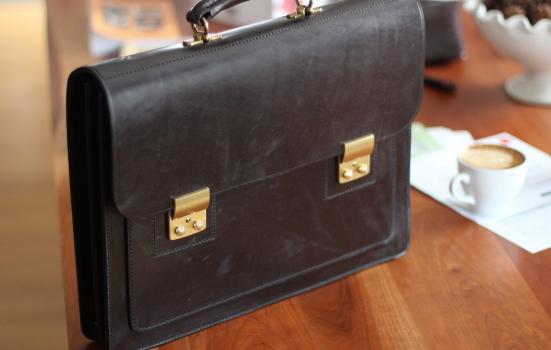Mahmood Reza looks at what happens when the Inland Revenue or Customs and Excise request an inspection.

PAYE and VAT inspections are a potential challenge for most arts organisations. Approximately 13,000 Inland Revenue staff and 7,000 Customs & Excise staff are involved in audit and investigation work and there is a great deal of similarity between the methodology and approach of Revenue (checking on employer liability for PAYE) and Customs (VAT) visits.
One of the main features of PAYE is that the employer has the (unpaid) responsibility of operating the system, while the Revenue assumes an ever-increasing and active monitoring role. In approximately 75% of PAYE cases investigated the Revenue obtains additional tax, with the attendant penalties and interest. The fact that a number of arts organisations may be ‘not for profit’ makes no difference to a PAYE investigation. The main focus of the Revenue’s work will be to ensure that the employer has discharged their responsibilities correctly during the course of a tax year.
What prompts a review?
Employer compliance reviews will either be a full employer compliance investigation into all aspects of PAYE, or an Aspect Review, which looks at a particular point. Should an Aspect Review bring to light other irregularities, it will be converted into a Full Review. An inspection of an organisation’s accounts may indicate potential PAYE irregularities where there are large consultancy payments, wages payments where no scheme has been registered by the employer, reports by the collection office (for example, in the case of late or erratic payments) or reports by the public or ex-employees. One of the most significant sources of cases arises from mistakes made on year-end returns. Missing National Insurance numbers or incorrect NIC calculations will also prompt Revenue interest. Consistent and correct returns are essential; a number of mistakes may lead the Revenue to conclude that a review visit will be required. Where organisations are VAT registered they will be subject to a routine ‘control’ visit, or a VAT investigation where Customs suspect a VAT offence has been committed. VAT investigation techniques will involve sampling batches of invoices to see if VAT has been correctly charged and claimed and the comparison of accounts and tax returns.
Inspection Protocol
An employer inspection begins with the Inland Revenue issuing a formal notice stating that they intend to make an investigation. A code of practice booklet (COP3) will be sent out, which explains the kind of documents they will require to see. It will invite the employer to suggest a time and place for inspection of the records. Generally, the records required for viewing are deductions working sheets, time sheets, the petty cash book, records of statutory sick pay, maternity and paternity pay, expense claims, certificates relating to PAYE, and records on which forms P11D are based. The initial Revenue visit is the most important part of the review. It is therefore important that those present at the meeting know something about the issues raised and experienced advisors will have a key role here. It is critical that an organisation carries out a pre-inspection review to highlight any potential areas of irregularity. It is also important that a voluntary disclosure is made of any discovered irregularities at the opening meeting as this will mitigate any penalties that may be levied.
Records required
The inspection will normally involve a comprehensive review of a sample of the records to see if there are any PAYE irregularities. Petty cash records, for example, may reveal vouchers for round sum expense claims, sandwiches for internal lunches, cash paid to cleaners and casuals. The investigating officer’s authority does not extend to inspection of business records other than those relating to PAYE. If, in the course of enquiries, he sees information that suggests that the business accounts may be unreliable (e.g. unsatisfactory book-keeping) he will make a report to the inspector dealing with the employer’s accounts, who will decide whether to open a self-assessment enquiry.
Responding
The first follow-up Revenue letter usually sets out the tax the Revenue believe is due because of the PAYE irregularities, and/or their view of the correct tax treatment of certain items. Organisations should not be passive in dealing with the Revenue; this does not mean being aggressive but rather it means adopting a professional and organised approach. Organisations need to consider if the Revenue’s position is factually and legally correct. In most Revenue and Customs cases there will be a negotiated settlement. This will cover specific irregularities and penalties and how the organisation is going to pay them.
Be prepared
Any investigation will be disruptive: it requires scarce management time to be spent by the investigated party, there may be financial costs where outside assistance is used, and there is the emotional impact and adverse publicity generated. Organisations should carry out reviews of their payroll procedures – including an evaluation of forms and records used, documentation policy, training of personnel, reporting procedures. The way in which HM Revenue & Customs has developed over the past few years, together with their use of information technology and developing intelligence systems will ensure that the number of investigations will rise. These will not be restricted to solely commercial bodies or individuals, and organisations need to be aware of this fact and be prepared.
Mahmood Reza is Proprietor of the Accountancy Practice Pro Active Accounting.
T: 0116 224 7122
E: info@paa.uk.com




